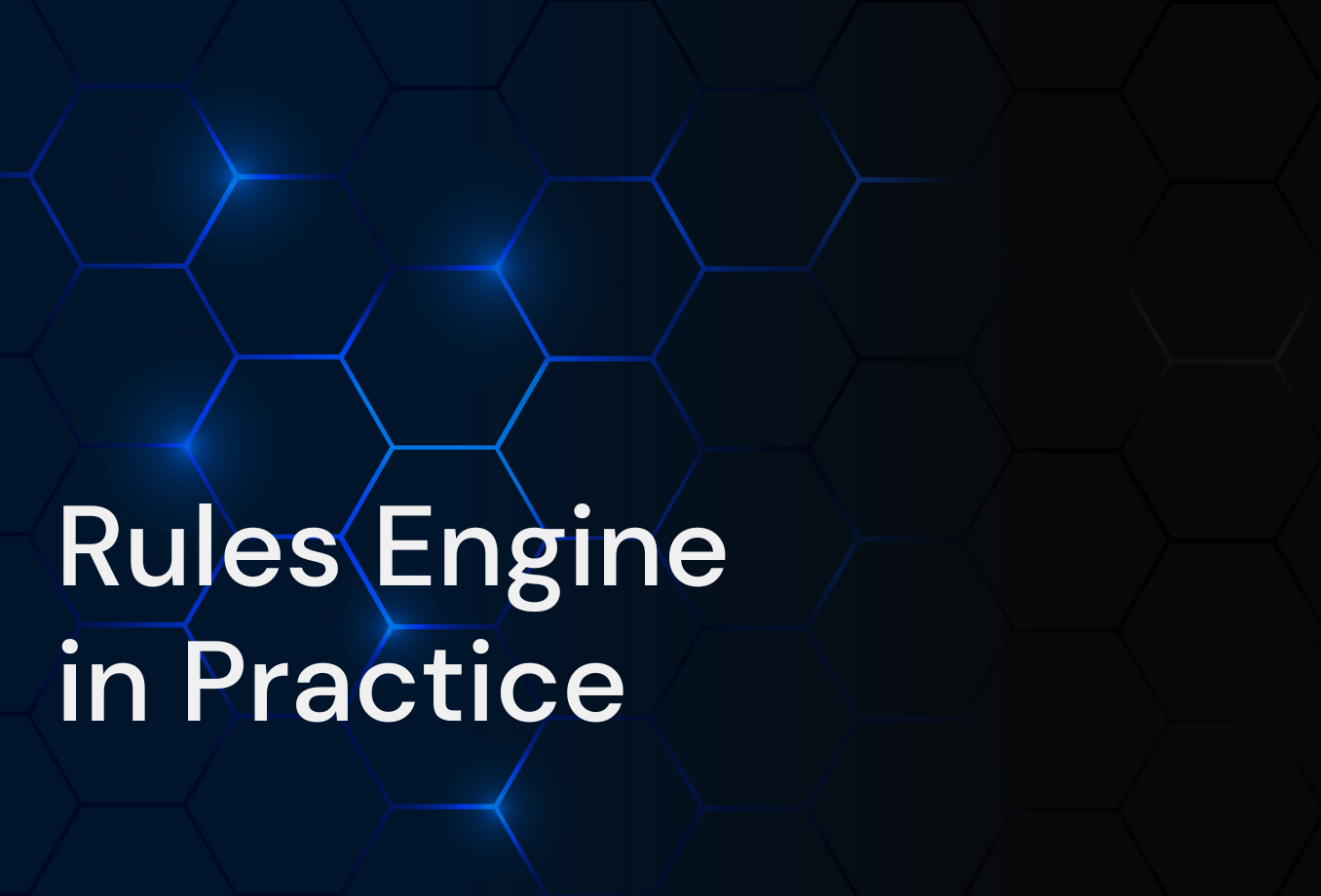Modern underwriting automation has transformed this process, allowing insurers to rely on advanced underwriting software and AI-powered underwriting engines for better efficiency and accuracy. Accurate underwriting is a crucial process in the insurance industry that enables providers to navigate the complex landscape of risk, while maintaining a delicate balance between profitability and policyholder protection. Underwriting is a critically important risk mitigation mechanism
When the underwriting mechanism doesn't function properly, then insurers can suffer from underwriting risk.
Given the continuously evolving landscape of risks, particularly in sectors such as cyber insurance, where new threats constantly pop up, innovative software tools like business rules engines play a critical role in facilitating effective risk assessments.
The New Role of Underwriters
Insurance underwriters use various risk factors to evaluate a potential policyholder and determine the likelihood of the candidate to experience risk and to what extent. Based on this information, the carrier sets a monthly premium.
Underwriters take into account various factors when evaluating risk during the underwriting process for a policy.
The most common risk factors considered include the age, family medical history, financial situation, and the type of coverage a candidate is seeking.
A carrier's profitability directly depends on how well its underwriters understand the insured risks and how well they can minimize costs relating to claims management.
Today’s underwriters depend heavily on underwriting software that integrates real-time data analytics and decision support systems. This shift toward underwriting automation helps streamline the process while reducing risk.
For instance, an increasing number of policy buyers are willingly installing telematic devices on their vehicles that allow their insurers to analyze their driving behavior. Carriers collect data on speed, braking, distance traveled, and accidents in order to generate customized policy rates.
Traditionally, insurers would rely on customers to respond to a list of questions, which very often wouldn’t provide a clear enough picture of the policyholders’ driving abilities.
Using reliable data, insurance companies accurately price their risk, while policyholders can enjoy discounts as they drive responsibly, which fosters customer loyalty.
This approach is part of a larger trend in underwriting automation, where behavioral data is used to dynamically adjust risk profiles through smart underwriting engines.
Therefore, modern underwriters are evolving past risk transfer to risk mitigation.
Since the nature of risk is evolving, underwriters need proven tools to help them to adapt to the changing risk and secure competitiveness for their insurers.
What is Underwriting Risk
An insurance policy represents a promise by the provider that it will cover losses caused by insured events. Since an insurance policy constitutes a contract, the insurer cannot reject a claim by asserting miscalculation of the premium as a the reason for non-payment.
Underwriting risk involves the possibility that the premiums paid by a policyholder to the insurer may not be sufficient to cover the claims for which the insurer is responsible if the insured event takes place.
Therefore, faulty underwriting negatively impacts both the solvency and profitability of the insurance provider.
There are several ways that this could come about, with the following being the most common causes.
Underestimation of Claims
In the event that an insurance carrier underestimates the potential cost of claims associated with a particular type of policy or event, then the premiums may not be enough to cover the actual costs when claims are filed.
Inaccurate Risk Assessment
If the insurer fails to accurately assess the risk associated with a policyholder or a specific type of coverage, they run the risk of setting premiums at a level that doesn't represent the true risk. This can lead to a drop in revenue when claims are filed.
Inadequate Reserves
If the insurance company does not maintain sufficient reserves to cover potential claims, it can face difficulties in meeting its obligations when claims are made.
Changes in Regulations
Changes in regulatory or legal requirements can also affect the financial standing of an insurance company, impacting its ability to cover claims with the premiums collected.
Therefore, underwriting risk is the risk of inaccurate assessment of insurance risks when writing a policy.
Underwriting Insurance Risk with Rules Engines
Effective use of underwriting automation tools can significantly reduce risks by leveraging consistent rule-based logic embedded within underwriting software like BRE. A business rules engine is powerful tool that is commonly used by insurance carriers to enhancing their underwriting risk management processes. A rules engine is a pluggable piece of software that streamlines decision-making using business rules.
Business rules are conditional "when-then" statements that evaluate data and instruct insurance software what actions to take.
Since business rules can analyze a wide range of variables, this allows insurers to identify potential risks and take measures to counteract them. As a result, carriers can avoid underwriting policies that are too risky, which cut down the likelihood of expensive losses while safeguarding the overall financial health of the insurer.
Optimizing the Insurance Underwriting Process with Higson
The premium rates that insurance companies charge is in part influenced by the competitiveness of the market. For instance, as newcomers enter a market, established insurers will feel the pressure to charge lower rates in order to maintain competitiveness or capture a larger market share.
Traditionally, in such cases, underwriters would have to wait days, weeks or even months before they could make changes to their underwriting criteria. This would obviously negatively impact the company's position in the market.
Higson is a user-friendly business rules engine that enables non-technical users to make comprehensive changes to underwriting criteria on the fly and without having to touch the codebase. That means that the underwriting team doesn't have to wait days or weeks for the IT department to find time to make the necessary changes to the underwriting software.
Connecting Various Software Systems to Higson
Insurers are always on the lookout for new sources of information that will enable to further improve their underwriting accuracy. Variables can range from economic trends, market disruptions, and regulatory changes. However, other factors can even include the history of occurrence of natural events such as floods and hurricanes.
Leading insurers are using Higson to analyze various data sources, enabling them to consider a broad spectrum of information, including external data feeds, historical claims data, and market analytics.
As a result, Higson users have a better understanding of the risk that potential policyholder brings and are therefore able to significantly improve their underwriting risk management.
Get in touch with one of our Higson experts to see how Higson can enhance your underwriting both more efficient and tailored to your particular needs. Contact us today to explore the full potential of Higson and revolutionize your underwriting capabilities.
Future of Underwriting Risk
The use of Artificial Intelligence (AI) and Machine Learning (ML) with rule engine platforms is becoming a necessity in the dynamic world of insurance. For instance, AI algorithms can analyze vast datasets, including historical claims and market trends, to predict future risks with greater accuracy. By harnessing AI's predictive capabilities, rule engines can now offer more than just process efficiency; they provide strategic insights that empower underwriters to make more informed decisions. However, while AI is a powerful solution, it needs the guardrails that only business rules engines provide that will not only ensure that it remains compliant with ever-evolving regulations, but also that it meets broader business objectives of insurers.
Apart from compliance, rules engines help explain AI decisions. Understanding how an AI-based software arrived at a certain decision is important when dealing with sensitive tasks such as automated underwriting.
AI systems monitored by business rules engines are crucial in addressing the complexities of modern insurance risks, like climate change impacts and cyber threats, ensuring that insurers remain resilient and competitive in a market that demands agility and foresight.

Take Full Control of Your Product Logic
We provide fee Proof Of Concept, so you can see how Higson can work with your individual business logic.





.png)
